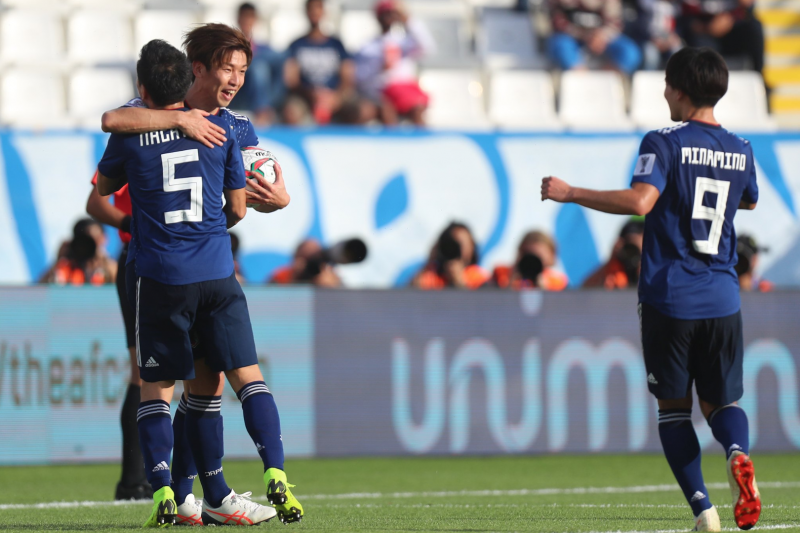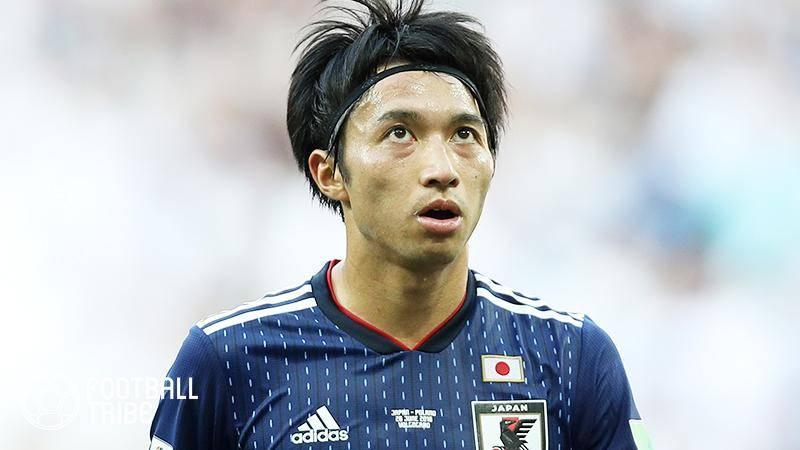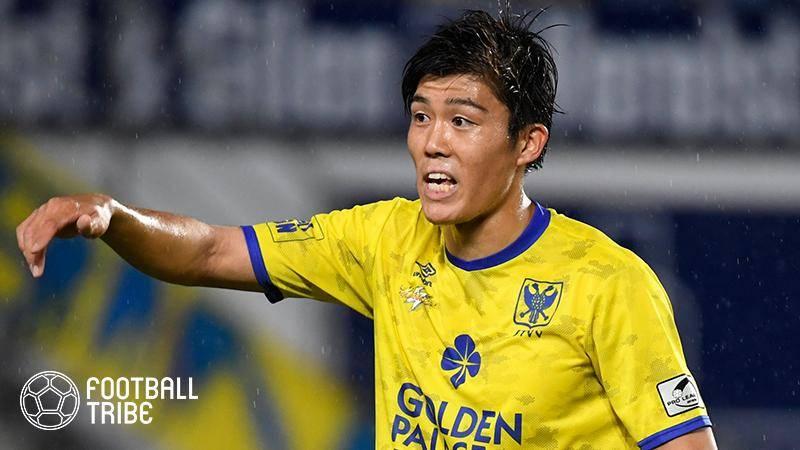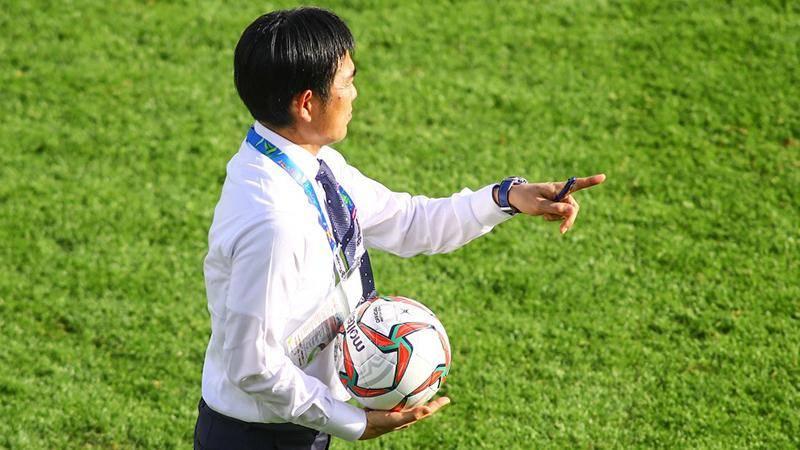
After going 1-0 down against Turkmenistan, an expectant Japan side rallied to claim a 3-2 victory in their opening match. Here is Football Tribe Japan’s analysis of why the Samurai Blues initially struggled, and how they ultimately emerged victorious.







